I first met Véronique Rolland in 2004, when I was working at the National Portrait Gallery, and I’ve followed the progression of her career ever since. In recent years she’s spent less time photographing people and more time engaging with the landscape and environmental issues. Her photographic series Taxus Baccata was acquired by the V&A with the generous support of our Photographs Acquisition Group in 2017 and several of her books are housed in our National Art Library. Here we talk about her work, roots, and the benefits of spending time in nature.
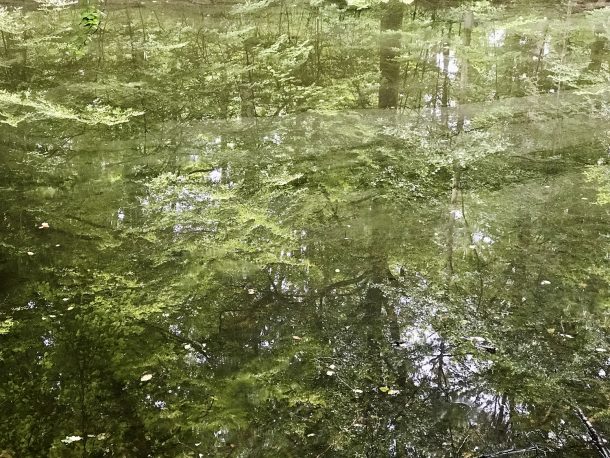
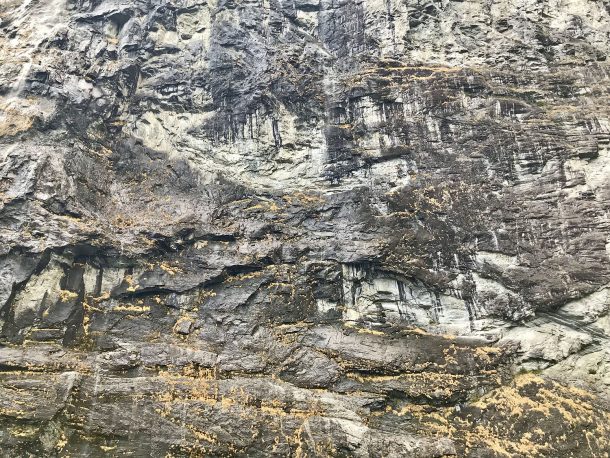
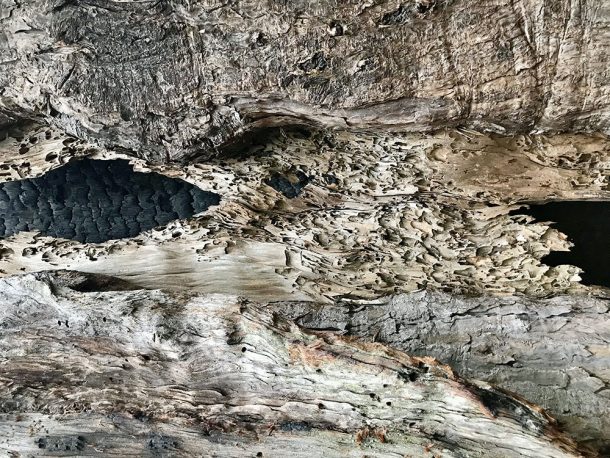
Susanna Brown How do your memories affect the pictures you make?
Véronique Rolland Much of my childhood was spent moving homes in Europe because of my dad’s work and, after a while, different counties and places become blurred. But nature has always been a constant in my life, wherever we went, there were always trees and woods. I had to make my own space and start afresh all the time, which was quite unsettling, but the solace I feel when I’m close to nature remains the same anywhere in the world and that’s something I project into my photographs.
Would you describe your newest body of work, Memories of an Unknown Island, as a jigsaw of fragments of different memories of the places of your past, as well the present?
Definitely, I feel like I don’t have roots as such. I’ve lived here in the UK for the longest part of my life, but because I have a French accent people occasionally ask me, “Will you ever move back home?”. But the UK is my home. There wasn’t much continuity in my childhood, so my relationship with places is really fragmented. I still have a desire to explore, but wherever I go I always end up being drawn to nature and trees. I’m always looking for that sensation I feel when I’m close to nature.
When you talk about nature, I think you’re referring to the more wild and unpopulated parts of the world, not an urban garden or a manicured park.
Yes. Henry David Thoreau wrote in his book Walden: Or, Life in the Woods: “We need the tonic of wilderness”. I love the idea that the wilderness has a healing energy that’s like a medicine. I also like being lost in nature, swallowed up by the forest or the jungle. When you’re really in it, it’s a multi-sensory experience.
For some of your other projects you’ve undertaken solo excursions to hard-to-reach places. Do you see a difference between solitude and loneliness?
I’m never lonely when I’m in nature because it’s such an amazing force. I have an urge to explore and I’m fascinated by the Victorian female explorers and botanists, many of whom have been forgotten. Often when I explore a new place I become overwhelmed by it, awe-struck by the experience. But by photographing close-ups, fragments, I’m able to grab a little memory, a souvenir, like a child would pick up a stone or a shell and put it in their pocket. My process could be described as quasi-scientific, like a scientist taking a sample in a jar. The photographs are samples of different places. I’m removing the fragment from the place it was found, and I’m the only person who knows the original source. Only I know which place a sample relates to.
For my Taxus Baccata series, it was a similar experience of awe when I visited that incredible ancient Yew tree. I thought, “How am I going to convey how I feel?”. I had quite a mystical experience sitting with the tree, then chose to focus my attention on a smaller part of the tree, rather than attempting to capture the whole.
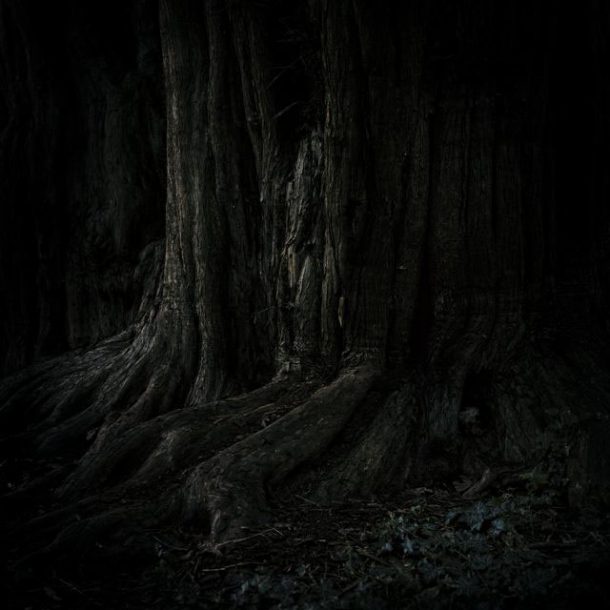
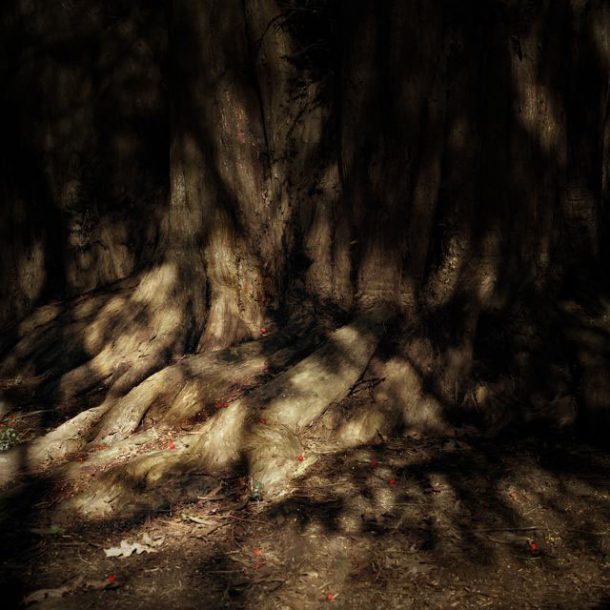
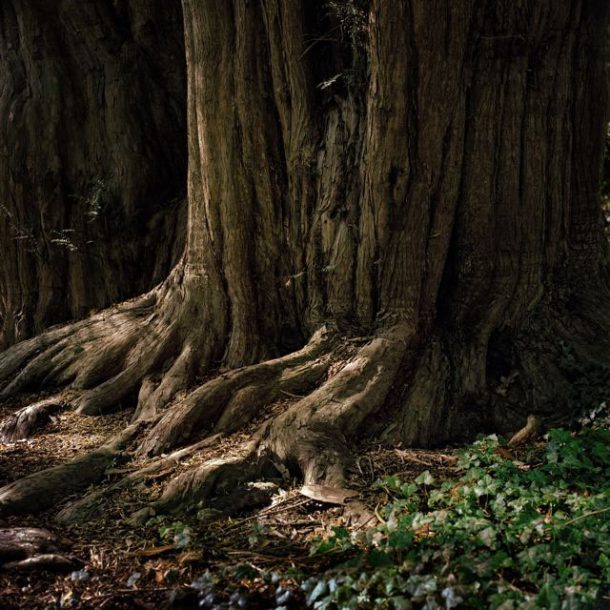
Taxus Baccata, 2011 – 12
Purchased with the support of the V&A Photographs Acquisition Group
Do your pictures have a political or moral message?
Of course. My work is very much inspired by the Romantics, who were concerned that the industrial revolution could damage the natural world. There was a sense of impending doom and I’m acutely aware of how under threat the environment is today. I grew up partly in Germany and have lived in Britain for a long time now and these are the two countries where the Romantic Movement was born.
How much do you think about the scale of your photographs when you’re making them? The books you create are always small format and made as art objects.
I love the intimacy of small-scale prints and I don’t need to shout, I think whispering is fine. If I walk past something huge in a gallery it can become too loud for me. Small objects encourage a viewer to slow down and focus. I enjoy the quietness of books – you choose the moment when you want to sit down and carefully, peacefully go through a book. There’s something about looking at a beautiful book that’s like a ritual.
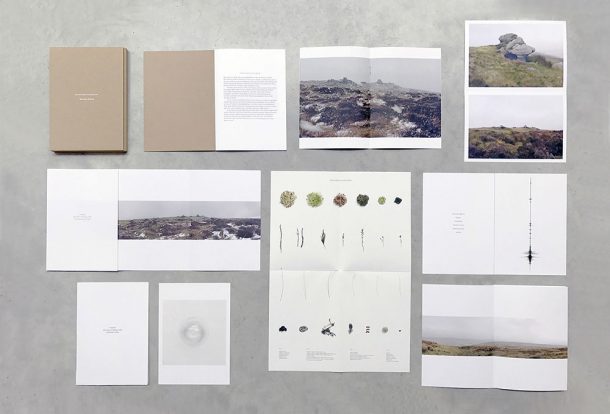
Artist book, 2017
I’m curious to know if there are particular sounds that come to mind when you look at your pictures. Do you hear the wind or the sound of the rushing river as you heard it the moment you took the picture, or perhaps you hear a particular piece of music?
I’m really aware of the sounds of trees; I love tuning in to the leaves to hear what sort of music they will play. My dad enjoys classical music and constantly played music as we were growing up. I adore poetry too and at school from the age of about seven I learned a lot of poetry, classic French poets such as Vigny and Musset and the German poet Goethe too. I can remember being very taken with the poems of the Romantic writers, their narratives and modes of expression, they are as much a source of inspiration to me as the painters. The words of the artist such as Caspar David Friedrich really resonate with me, he said to the Russian poet, Zhukovsky, in 1821: “I must surrender myself to what encircles me. I have to merge with my clouds and rocks in order to be what I am. I need solitude in order to communicate with nature.”
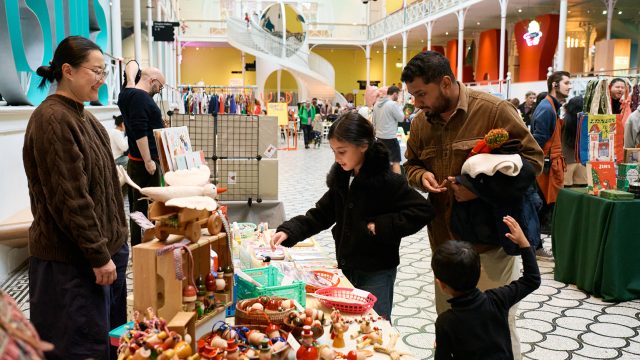
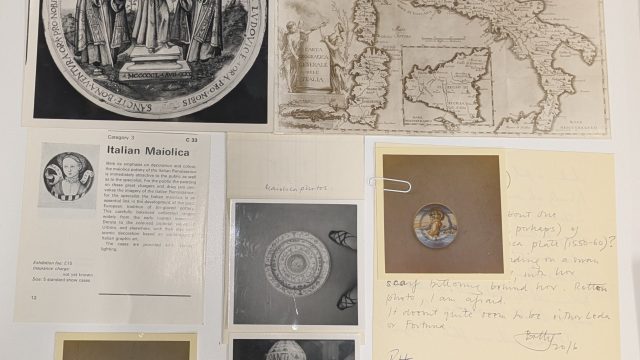
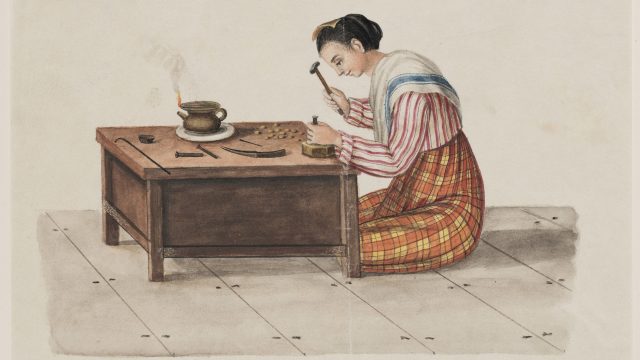
Thanks Susanna – I’d not come across Veronique’s work and I really like it, so will explore more. It’s a great interview too – I empathise with such connections to nature.
I liked the blog post and the pictures of the trees in the post. I saw your behind the scenes talk on Tim Walker and Wonderful things brilliant lecture. My question is will cameras still be used in the future or part of the phone ?